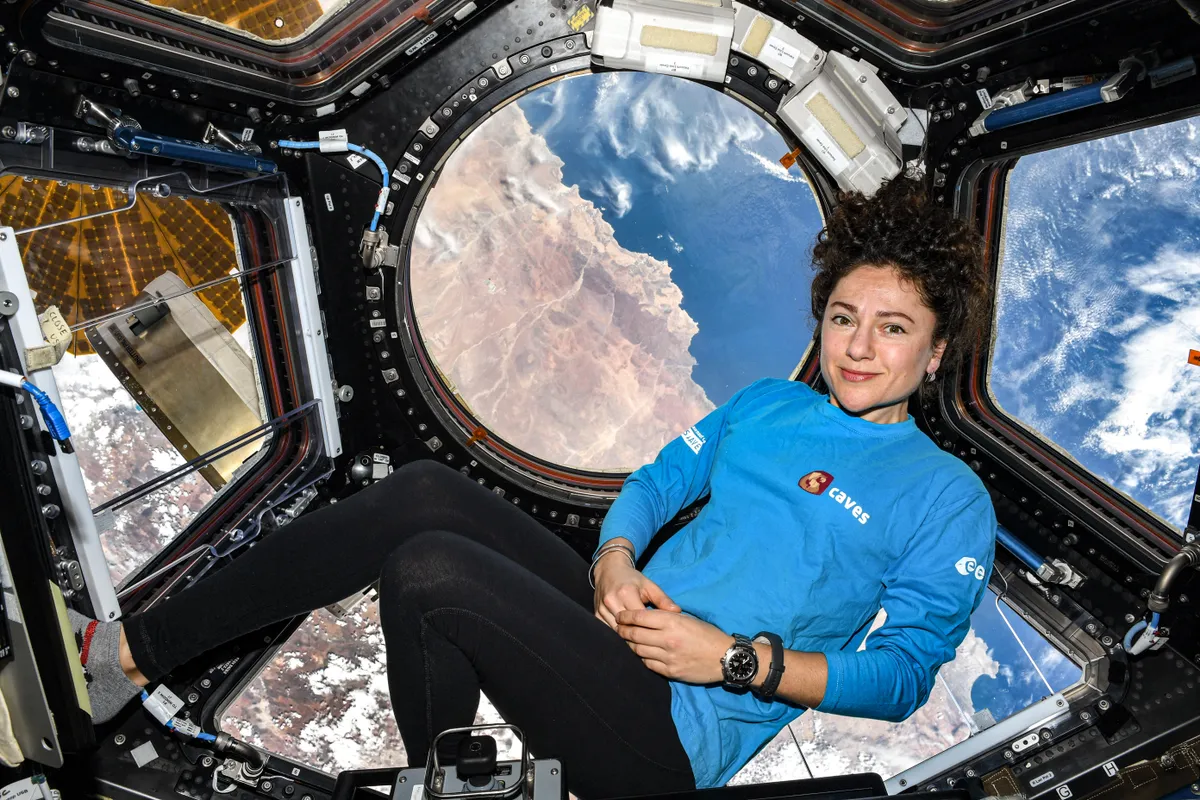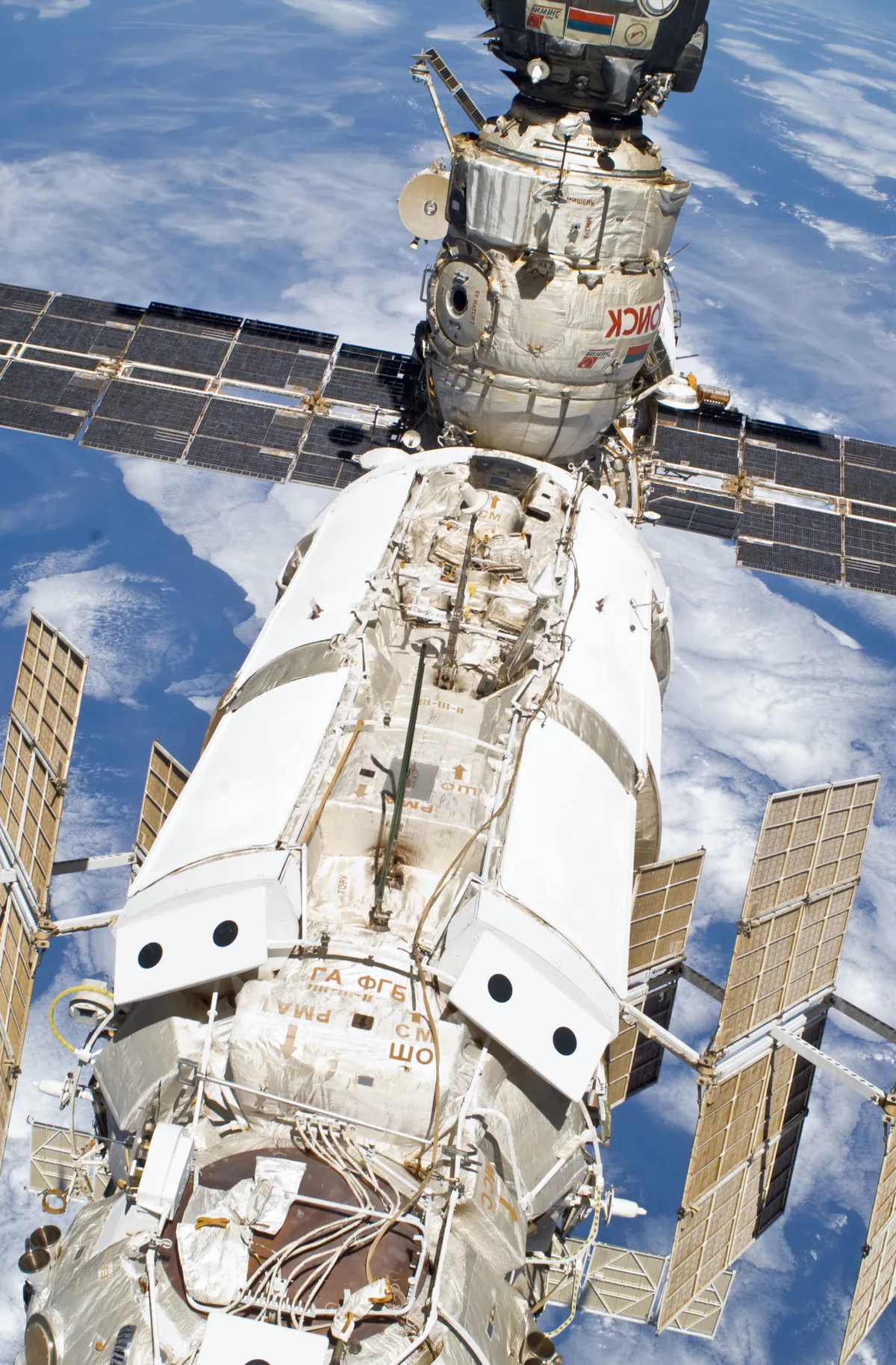It is one of the most iconic pieces of space hardware in history, but the days of the International Space Station are now officially numbered. NASA has announced that the curtain will finally fall on the ISS in 2031. The football-pitch-sized orbit outpost will be decommissioned, brought crashing back to Earth before splashing down in a remote part of the Pacific Ocean.
The ISS has a rich history. It has been continuously inhabited since November 2000, with crews of astronauts swapping in and out for typical six month stays.
There are some adults who can now say that there has been someone in space for every single day of their lives. There are children who watch the ISS pass overhead on Christmas Eve, told by their parents that’s it is Santa and his sleigh.
It was designed as a home away from home. A tentative first toe into the celestial waters. A place to test out how to live in space for months at a time still relatively close to the safety of the Earth. The lessons we’ve learned about living in microgravity have set us up with the confidence to return to the Moon later this decade and then to venture out to Mars after that.

Yet, as with everything in life, nothing can last forever. In September last year Russia warned that at least 80 per cent of their section of the ISS has in-flight systems that are passed their expiry date. Cracks have started to appear in the Zarya cargo module. There has also been a series of air leaks in the crew’s living quarters.
This structural fatigue is part of the reason the ISS will be vacated in 2030 and de-orbited the following year. NASA made this plan official in January when they released an updated International Space Station Transition Report.
Read more about the ISS:
- How can I spot the International Space Station?
- What time zone do they use on the International Space Station?
- New strains of bacteria found on the International Space Station
With eight years left before the last crew leaves, there will now be a shift in emphasis. The last few years have seen a growing collaboration between publicly funded space agencies like NASA and privately owned businesses like Elon Musk’s SpaceX.
The rest of the 2020s will see the increasing commercialisation of the ISS, with habitable modules available for private space travellers to stay in. December 2024 should see the launch of a six-metre-wide film studio called Space Entertainment Enterprise-1 (SEE-1). It will be a place to make Hollywood blockbusters in weightlessness, with Tom Cruise widely reported to be shooting a film there.
Then comes the tricky part: what to do with it. Leaving it in space would pose a significant danger. The ISS is the biggest thing orbiting the Earth after the Moon. If it was hit by a piece of space junk it would create a shower of debris that would threaten all of our satellite infrastructure in low-Earth orbit.
So the ISS will join a host of other retired space hardware in a watery grave in the Pacific Ocean. It will be brought down in place known as Point Nemo, or the Oceanic Pole of Inaccessibility. Situated between New Zealand and South America, it is 2,688 kilometres from the nearest land. So the falling debris poses very little danger to humans.

There are other concerns, however.
“There are potential impacts to the marine environment,” says Vito De Lucia, from the Norwegian Centre for the Law of the Sea, and co-author of a report into protecting the marine environment in the so-called spacecraft cemetery. “But those seem to have been generally neglected by space agencies.”
One key issue is that toxic or radioactive materials may survive atmospheric re-entry, something NASA itself concedes.
“Once the debris enters the ocean, it would be expected to settle to the ocean floor and some would become encrusted and incorporated into the sediments,” a NASA spokesperson says.
“Although unlikely, some leakage could occur from previously sealed containers that remained intact through reentry and impact. However, no substantial long-term impacts would be expected.”
That may not be the end of the matter, however. De Lucia says that a new international treaty is currently being negotiated to tackle the issue of marine biodiversity conversation in areas which are in international waters, like Point Nemo.
“This new treaty may be adopted and perhaps even enter into force within a time frame relevant to the re-entry of the ISS,” he says.
NASA may have to tweak its plans.
Whatever its ultimate fate, the ISS has paved the way for the future of human space exploration. NASA is planning to build a similar station - called Gateway - in orbit around the Moon. Astronauts will live and work there, using it is a staging post for trips to the lunar surface. That wouldn’t be possible without the valuable lessons we’ve learned from decades of the ISS.
- Visit the BBC’sReality Checkwebsite atbit.ly/reality_check_or follow them on Twitter@BBCRealityCheck
